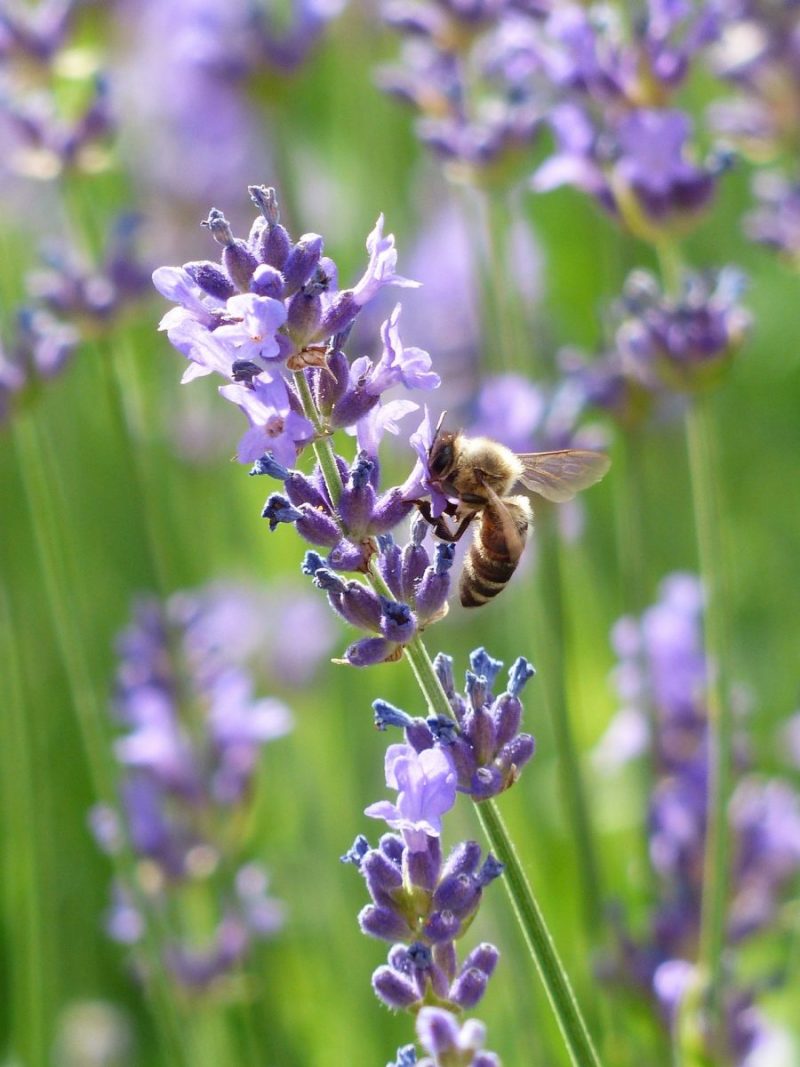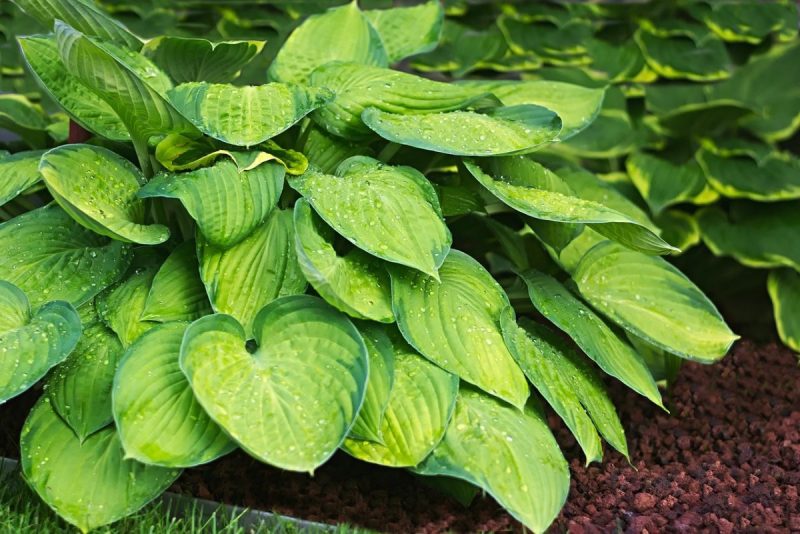Garden landscaping using perennial ornamental plants
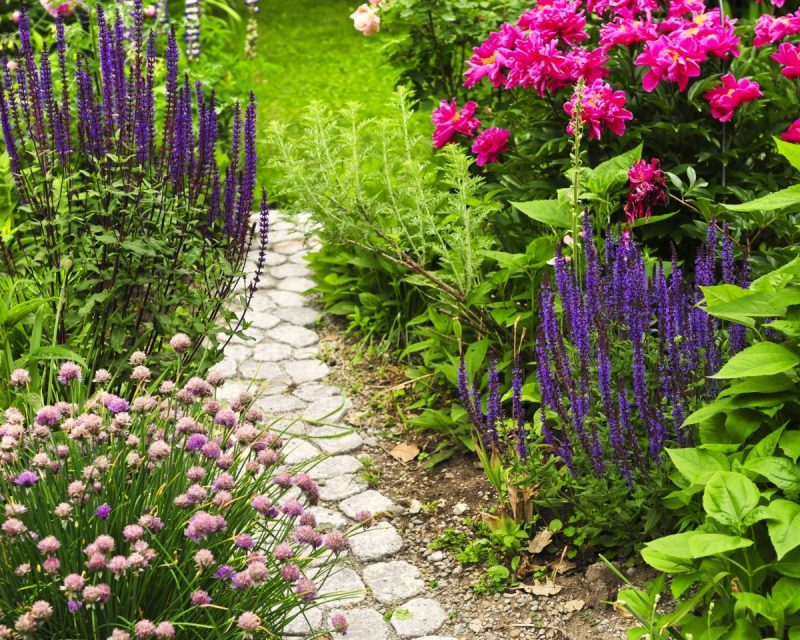
Perennial plants are plants whose biological cycle takes place over several calendar years. They bloom every year, some of them form fruits and seeds every year. Their main characteristic is the dormancy period, the period during which the aerial vegetative organs die, and the survival of the plant and the vegetative growth in the following season is achieved through the buds found on the underground vegetative organs.
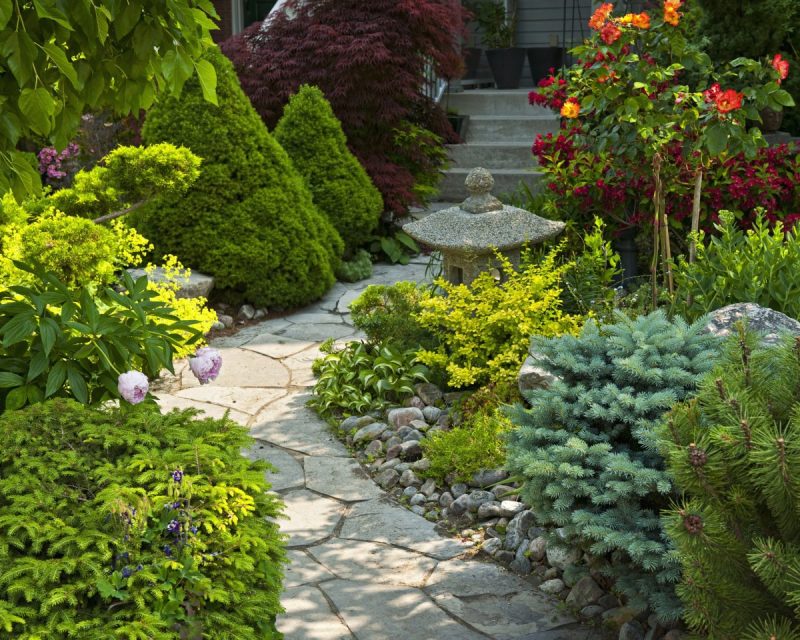
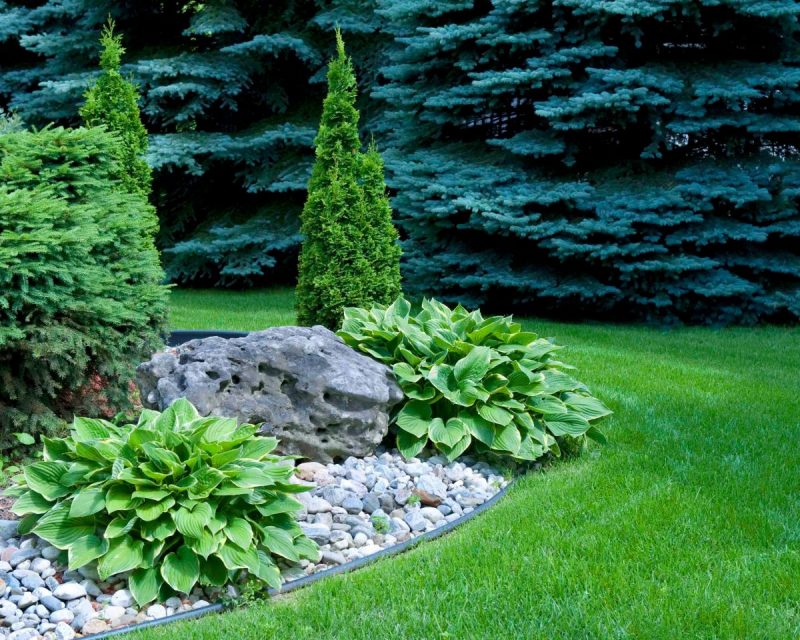
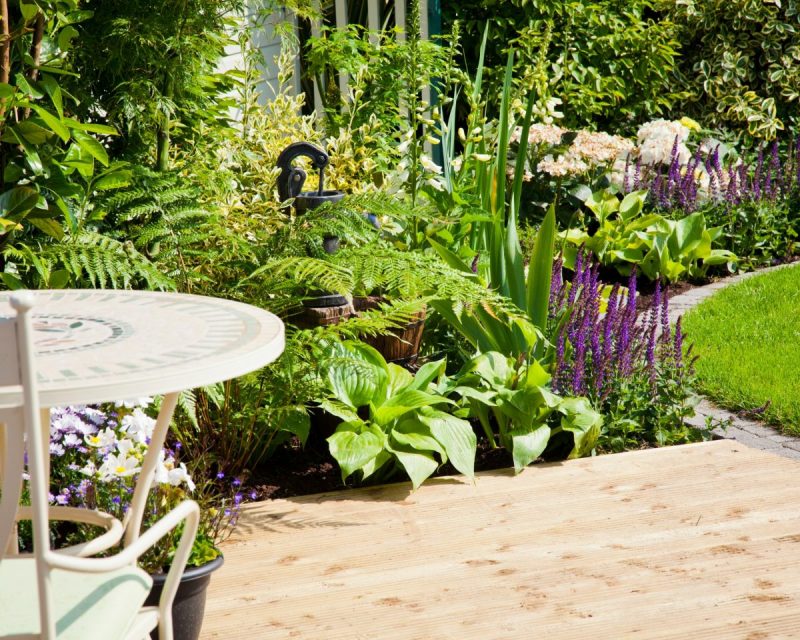
Classification of perennial plants
- hemicryptophytes
- geophytes
Hemicryptophyte perennial plants
- they have regeneration buds of the aerial vegetative organs located on the roots or at the area between the roots and the stem;
- they have a dormancy period in winter, the interruption of vegetative growth being caused by cold and excessive moisture;
- the flowering period varies depending on the species, from early spring to late autumn;
- certain species are also ornamental thanks to their overall appearance and leaves, either before flowering (Plantain lilies) or after the flowers wither (Paeonia);
- the best known are the species from the genera: Achilea, Ajuga, Alyssum, Aquilegia, Aster, Astilbe, Campanula, Chrysanthemum, Dianthus, Gaillardia, Geum, Gypsophylla, Hemerocalis, Lupinus, Papaver, Phlox, Primula, Solidago, Rudbeckia, Stachys, Veronica, Vinca etc.
Recommended products
-
You can find products on a different store
Change Store -
You can find products on a different store
Change Store -
You can find products on a different store
Change Store -
You can find products on a different store
Change Store -
You can find products on a different store
Change Store -
You can find products on a different store
Change Store -
You can find products on a different store
Change Store -
You can find products on a different store
Change Store -
You can find products on a different store
Change Store -
You can find products on a different store
Change Store -
You can find products on a different store
Change Store -
You can find products on a different store
Change Store -
You can find products on a different store
Change Store -
You can find products on a different store
Change Store -
You can find products on a different store
Change Store -
You can find products on a different store
Change Store -
You can find products on a different store
Change Store -
You can find products on a different store
Change Store -
You can find products on a different store
Change Store -
You can find products on a different store
Change Store -
You can find products on a different store
Change Store -
You can find products on a different store
Change Store -
You can find products on a different store
Change Store -
You can find products on a different store
Change Store
Perennial geophytes
They have modified (thickened) underground organs, respectively:
- bulbs
- rhizomes
- tubers
- tuberous roots
The underground organs represent the deposit for the accumulation of reserve substances and are important in supporting the growth and flowering of the plants. The buds found on these organs ensure the regeneration of the aerial vegetative organs every year.
Plants for sunny areas
Lavandula angustifolia – it is sun-loving, needs a sandy substrate, has moderate water requirements, and it is decorative thanks to its overall appearance, leaves and flowers.
Dianthus caryophyllus – it is sun-loving, needs a sandy substrate, has moderate water requirements, and it is decorative thanks to its overall appearance, leaves and flowers.
Papaver rhoeas – it is sun-loving, needs a sandy substrate, has moderate water requirements, and it is decorative thanks to its overall appearance, leaves and flowers.
Yucca gloriosa – it is sun-loving, needs a sandy substrate, has moderate water requirements, and it is decorative thanks to its overall appearance, leaves and flowers, the leaves being decorative even in winter.
Pennisetum alopecuroides – it is sun-loving, needs a well-drained substrate, rich in humus, has moderate water requirements, and it is decorative thanks to its overall appearance, leaves and flowers shaped like spikes.
Iris germanica – it is sun-loving, needs a substrate rich in humus, has high water requirements, and it is decorative thanks to its overall appearance, leaves and flowers.
Plants for shaded areas
Hosta spp.– it likes shade or partial shade, needs a substrate rich in humus, has moderate water requirements, and it is decorative thanks to its overall appearance, leaves and flowers (depending on the species);
Vinca minor – it likes shade or partial shade, needs a substrate rich in humus, has high water requirements, and it is decorative thanks to its overall creeping appearance, decorative leaves (also in winter) and flowers.
Astilbe chinensis – it likes shade, needs a substrate rich in humus, has moderate water requirements, and it is decorative thanks to its overall appearance, leaves and flowers.
Hakonechloa macra – it likes shade, is unpretentious, has moderate water requirements, and it is decorative thanks to its overall appearance and leaves.
Also, for good growth and development, the administration of specific fertilizers during the vegetative growth period is recommended.
Recommended products
-
You can find products on a different store
Change Store -
You can find products on a different store
Change Store -
You can find products on a different store
Change Store -
You can find products on a different store
Change Store -
You can find products on a different store
Change Store -
You can find products on a different store
Change Store -
You can find products on a different store
Change Store -
You can find products on a different store
Change Store -
You can find products on a different store
Change Store -
You can find products on a different store
Change Store -
You can find products on a different store
Change Store -
You can find products on a different store
Change Store -
You can find products on a different store
Change Store -
You can find products on a different store
Change Store -
You can find products on a different store
Change Store -
You can find products on a different store
Change Store -
You can find products on a different store
Change Store -
You can find products on a different store
Change Store -
You can find products on a different store
Change Store -
You can find products on a different store
Change Store -
You can find products on a different store
Change Store -
You can find products on a different store
Change Store -
You can find products on a different store
Change Store -
You can find products on a different store
Change Store














































































































































































































































































































































































































































